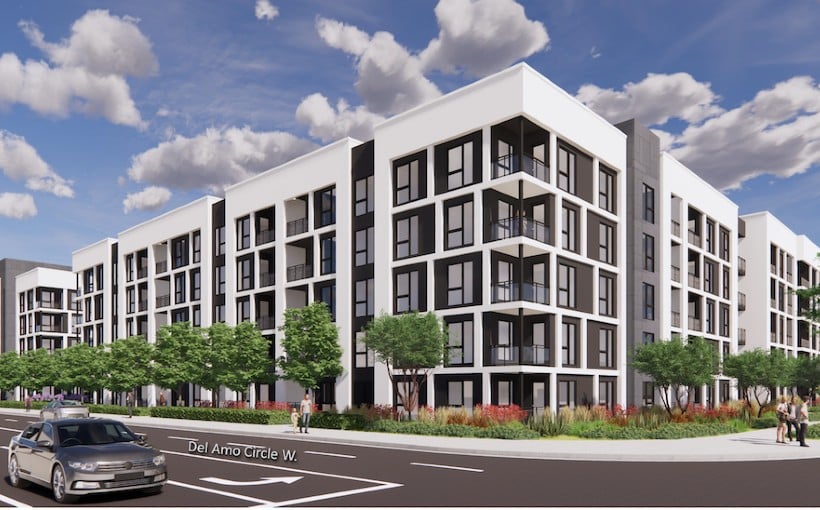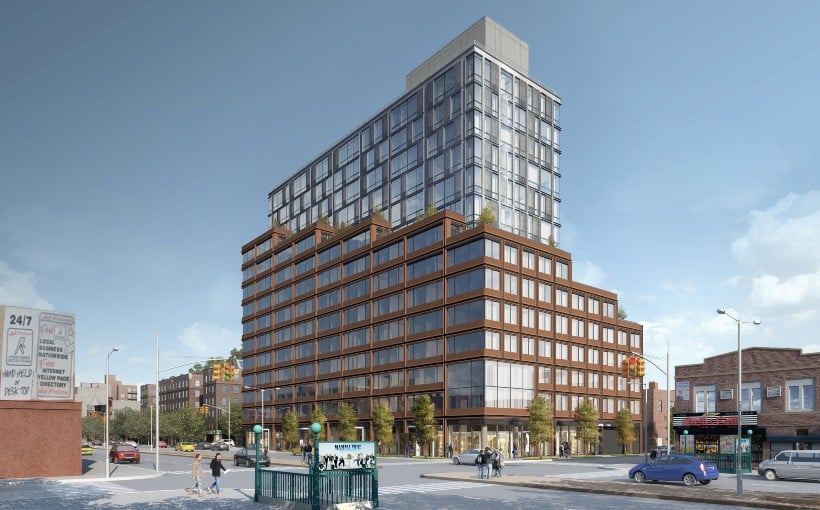Analysts released national industrial market report numbers for Q1 2023, and they were unanimous in their findings that absorption fell while vacancy rates increased. The causes of this decline were twofold: Decreasing tenant demand and an increase in supply.
Lee & Associates’ Q1 2023 Industrial Overview reported that “there was a sharp first-quarter decline in U.S. tenant demand for industrial space, as wholesalers and retailers reconsider their inventory levels out of caution over the economic outlook.” Plante Moran/Cresa’s U.S. Industrial Real Estate Market Summary Q1 2023 agreed with this assessment, noting that these current declining numbers follow several quarters of record-breaking performance due to the record amount of speculative development expected to enter the market during this year alone . CBRE’s U.S Underlying Trends Report went one step further by pointing out how new deliveries are now at a record level but still below historical averages; additionally, under-construction projects declined 7% from Q4 2022 – resulting in net absorption falling below its 10 year average yet remaining positive overall .
Despite economic turbulence and uncertainty Cushman & Wakefield’s US Industrial MarketBeat Report forQ1 2023 noted that “the US industrial market trajectory stayed positive across all key indicators”. This indicates continued supply and absorption even though Cushman & Wakefield analysts predict reduced tenant demand which could result in totals closer to those achieved earlier on during expansion cycle as consumer spending shifts away from purchasing goods amid softer economic conditions . CBRE analysts believe large amounts of new supply will cause vacancy spikes but should be fully absorbed by late 2024 while Plante Moran/Cresa experts comment on how factory onshoring can help with ongoing demands going forward . Lee & Associates’ experts point out how despite rising vacancies rent growth is likely to persist with single digit increases annually over next few years barring any severe shocks or tipping points towards tenants favorability wise




